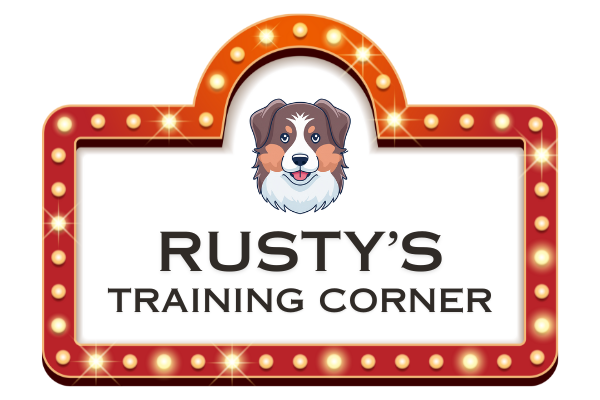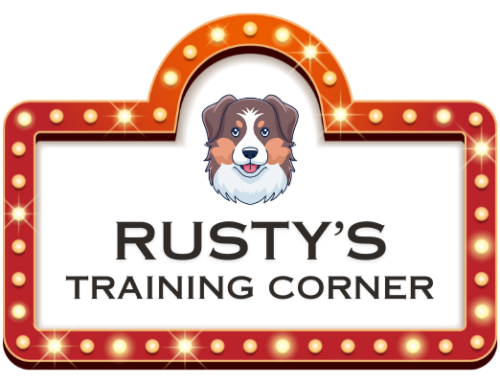As a rescue, we often see separation anxiety. Many of the dogs that pass through rescues come from situations that seem to fuel this condition. Examples of this might be dogs that have had several homes before yours; maybe they were taken from their mothers early and/or under socialized as young pups. Often, dogs that end up in shelters or pet stores are susceptible to this anxiety. Know that your dog is not behaving like this on purpose or trying to get their way. Think of this condition as similar to a person having a panic attack. Your dog needs help to learn the skills to counter this anxiety, and you, as the loving parent, need skills and support to foster their healing.
Dogs are social animals that have the natural inclination to be with their pack, and as the parent of a doggy, you are now their pack. Punishing a dog that is suffering from anxiety due to being separated from their pack is highly counterproductive!
This packet is not intended to take the place of professional training but instead meant to introduce information and give the parent of anxious dogs a place to start. Severe anxiety can take much longer to heal and may require a savvy trainer.
It is important to determine if your dog is displaying behaviors of separation anxiety or is showing symptoms of medical issues that need veterinary care. Please take a moment to take the assessment test and check off the markers that could put your dog at risk for anxiety. If your dog starts displaying signs of anxiety which could include a change in house training skills, destructive behavior, aggressive behavior, or changes in appetite or energy, your very first stop should be to your vet to see if there are health conditions prompting the changes you are seeing.
Once medical conditions have been ruled out, a general course of action is to teach your anxious dog the necessary skills to become more confident and independent. This can take time and vast amounts of patience and love.
Here is a list of strategies to help your dog to become confident and independent in your absence:
- Establish a comfort place
- Provide confidence building situations
- Offer tools to help your anxious dog successfully cope without you.
- Facilitate an exercise program to help mitigate anxiety
- Counter-conditioning anxious reactions when you prepare to leave
- Build a support team for your anxious dog and yourself
Let’s begin!!!
Establish a Comfort Place
Many dogs love their crate and feel safe and comfortable there. The advantage of using a crate with an anxious dog is that it offers a safe place where the dog will not be destructive. However, it is not a good solution for extended lengths of time. If your dog likes a crate and is happy there, this a good choice to establish as their comfort place. Many dogs feel even safer if the crate is covered. If your dog is not happy in a crate, you can establish a comfort place in an area of the home where a bed can be set up and the dog feels secure. Many people use a separate room and a child gate. Start by teaching the command “go to bed” or something that works for both of you. Praise and reward your dog for following your command and give lots of positive attention to your dog in their comfort place. You are establishing this area as a place where your dog will feel comfortable and be able to manage their anxiety.
Provide Confidence Building Situations
Confidence building situations can be achieved by practicing basic commands for several minutes each day and rewarding your dog with tasty treats and lots of praise. Start simple! This is meant to build your dog’s confidence through success in the ability to follow simple commands and being rewarded with love and treats in return. This does not need to be time consuming – set aside 5 to 10 minutes daily. This is not being done to teach the commands, but rather, it is meant to create an opportunity to praise and reward your dog. Think gentle, loving, and supportive as your key words during this time.
Many trainers suggest using the “stay” command. Begin practicing this command for one minute and gradually build up to longer periods of time, eventually being able to leave the room while your dog continues to “stay”. This helps teach independence.
Offer Tools to Help Your Anxious Dog Successfully Cope Without You
The use of toys can offer your anxious dog something to focus on. Kong toys are great because you can stuff them with all kinds of treats. In pet stores or online, you can find a variety of interactive toys and games for your dog. Start by offering these toys to your dog in their comfort place while you leave the room for short periods of time. Gradually increase the amount of time you are out of the room until ultimately, you can leave your dog with the toy while you leave the house for extended periods of time. Only offer this toy when your dog is in their comfort place and will be enjoying it alone.
Many parents of anxious dogs have found that playing a recording of their voice provides their dog with the confidence to handle their departure, as it feels like they are still somewhere in the home. In addition, it can be helpful to provide a previously worn piece of clothing to your dog, as your smell can also be of comfort.
Another tool doggy parents have had success with are pet monitors near the dog’s comfort place. Many of the monitors can be connected to your smartphone, allowing you to view your dog’s activities while you are away. Some even provide audio so you can hear your dog as well as speak to them.
Another popular tool with promising results is CBD oil. This can help alleviate anxiety and make alone time easier for your dog. There are many brands on the market, so be sure to do your research to find the best quality CBD oil. Your vet can also prescribe medications to help, but many of these can affect your dog’s personality in the process of subduing their anxiety. We suggest starting with CBD oil to see how that works before opting for stronger medication.
Facilitate an Exercise Program to Help Mitigate Anxiety
It is helpful to provide exercise before you leave an anxious dog for any extended period of time. Even a vigorous game of tug-of-war or fetch before leaving can do the job. Walks are a great form of exercise and mental stimulation, as your dog experiences new sights and smells. When going for drives, try taking different routes to provide variety. If possible, find places where dogs are allowed so your dog can accompany you on errands, when you go out to eat, or simply grab a cup of coffee.
Counter-Conditioning Anxious Reactions When You Prepare to Leave
Your anxious dog knows the drill when you are getting ready to leave the home. Simple actions, such as getting dressed, putting on shoes, or grabbing keys, a purse, briefcase, or wallet can signal your anxious dog to begin reacting. In the counter-conditioning approach, you work on changing your dog’s reaction to these activities. You can practice this by grabbing your keys and sitting back on the couch for a bit, getting dressed and playing tug-of-war, or grabbing your purse and sitting at the kitchen table with it. Start with one of these triggers that causes anxiety in your dog and work on it until the anxiety is diminished before you move on to the next trigger. Again, remember that this can be a time consuming process and you need to manage your anxiety to help your dog do the same.
Make leaving and coming home as low key as possible. This will signal to your dog that leaving and returning are not major events. Do not give extra attention to a dog showing distress. Instead, respond to this as you would respond to a child having a fit when you are leaving. Sticking around and feeding into the drama is not effective. Some trainers recommend having little contact with your anxious dog for 15 minutes before you leave and 15 minutes after you return home. You are not trying to ignore your dog but instead signaling that leaving and returning are not traumatic events to be feared, but normal activities. During counter-conditioning training, it is also recommended that you do not touch your anxious dog when they are posturing for attention prior to your departure. Give attention and support when they are nestled in their comfort place only.
In extreme cases of anxiety, success can be slow and will require patience and perseverance. For example, you may need to begin by practicing leaving the room for 5 minutes at a time and gradually work up to 10 minutes as the next goal and so on. In some cases, it is recommended that you find help from friends and family so that you do not leave your anxious dog alone at all during this training period.
Building a Support Team for Your Anxious Dog and Yourself
Depending on the severity of the separation anxiety your dog is experiencing, you may need to reach out to people in your support group to ask for help. Asking people in your support group to come and stay with your anxious dog while you are away will help with the success of the work you are doing and allow your dog to become less anxious as their confidence builds. Some jobs allow pets to come to work. Retired family members may be happy to lend a hand. You can look for doggy daycare facilities to use as your dog is learning new skills. Realize and accept that you also need support during this time. This is a trying and often exhausting process that you have undertaken, but the results will be well worth the time spent. In the end, you will have a confident dog that can be trusted at home without you. You may even want to start a support group in your town to help other dog parents who are dealing with this issue.
The advice and tips provided in this dog training blog post are based on general best practices and personal experiences. Please consult a professional dog trainer or veterinarian for specific issues or before starting any new training regimen with your dog.




